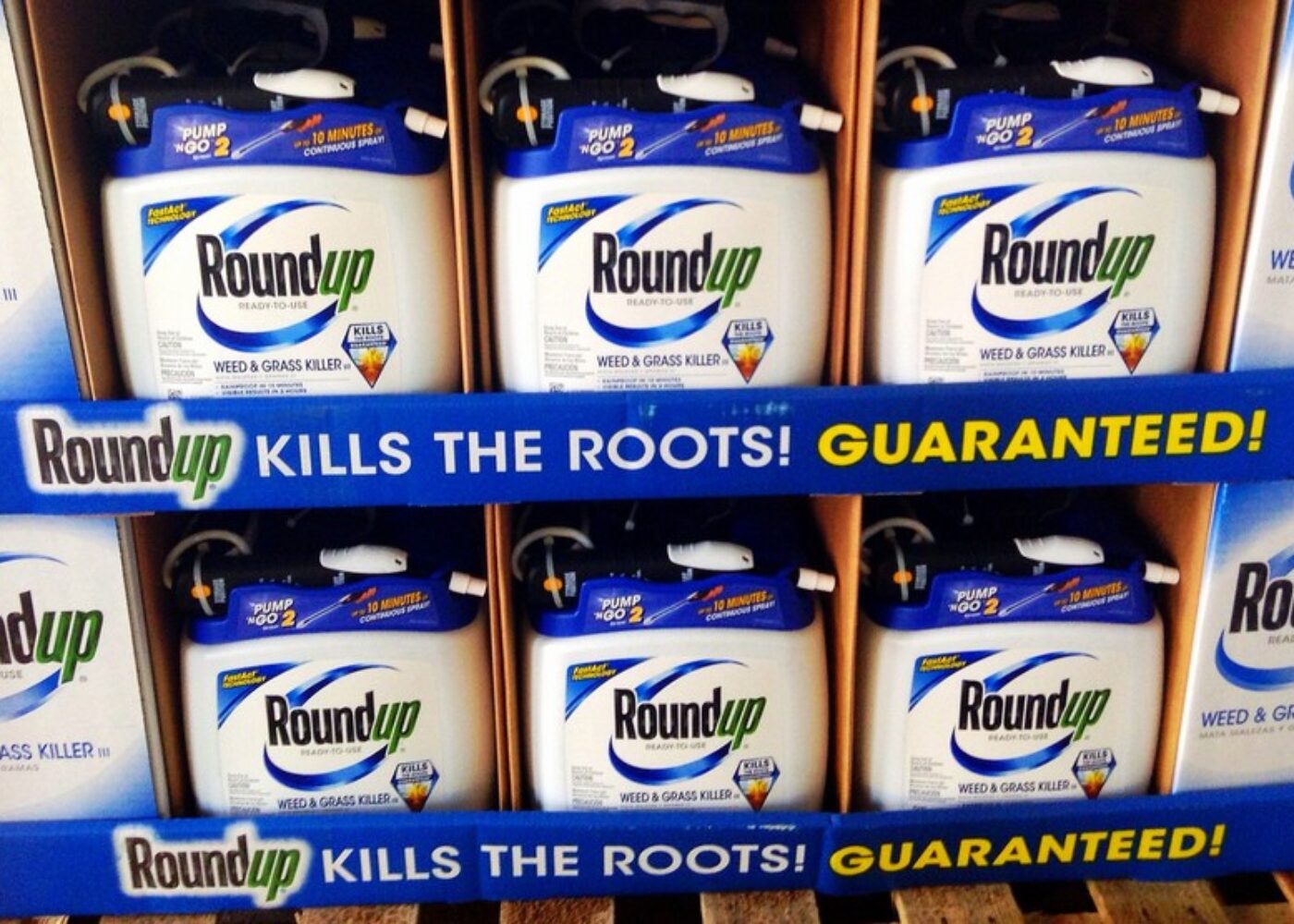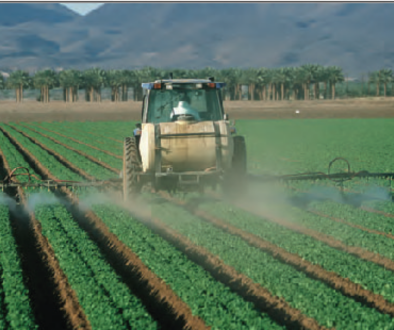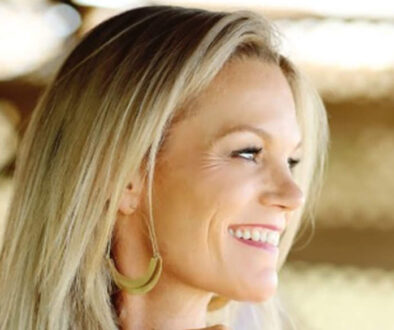A Perfect Storm: Global Concerns Mount Around Monsanto’s Glyphosate

The world’s most widely-used herbicide, glyphosate, has been in the headlines a lot lately.
California’s EPA just announced that it plans to label the ingredient in Monsanto’s Roundup as “carcinogenic” which isn’t good news for its manufacturer, Monsanto, which has been trying to ink a deal with Syngenta.
Syngenta didn’t want anything to do with a merger and repeatedly rebuffed the offers. It’s looking like an increasingly smart move.
This week, a French court found Monsanto guilty of chemical poisoning by way of another one of their products, “Lasso”, no longer available in the United States. It comes on the heels of other countries calling for the suspension and banning of other Monsanto products.
So what are these products and why is everyone running away from them as quickly as they can? And why is Roundup having such a hard time rounding up suitors?
Glyphosate is used in Roundup, a weed killer used to treat Monsanto’s Roundup Ready crops, crops that have been genetically engineered to withstand the synthetic chemical. The chemical company is now facing headwinds, as countries issue bans on the product, restrict its use after the World Health Organization declared it a “probable carcinogen” and halt aerial spraying.
Monsanto continues to face headwinds, not only in the field but in financing: the company was recently downgraded amid earnings disappointments and concerns around its capital structure after a series of debt financings were used for share buybacks.
A quick wrap up of the headlines around this controversial product shows that it may be on the verge of changing from an icon into a relic.
According to National Geographic, “introduced commercially by Monsanto in 1974, glyphosate kills weeds by blocking proteins essential to plant growth…more than 1.4 billion pounds (are) applied per year. Its use skyrocketed after seeds were genetically engineered to tolerate the chemical…. Between 1987 and 2012, annual U.S. farm use grew from less than 11 million pounds to nearly 300 million pounds.
Farmers detest when consumers use the term “soaked” “drenched” or any other word that connotes saturation when it comes to the application of this product, but farmers will also be the first to tell you that the advised application amounts no longer work – more applications are needed, larger amounts.
If the concerns around glyphosate prove to be true, it represents a huge liability for the company.
Is Monsanto looking to divest of its glyphosate division through an acquisition? Is that why they tried so hard and so repeatedly to put a deal together with Syngenta? Only time will tell, but this is what they are currently up against:
- In the spring of 2015, an international agency declared glyphosate, the primary ingredient in the popular product Roundup, a “probable human carcinogen.”
- Glyphosate is not included in the U.S. government’s testing of food for pesticide residues or the monitoring of chemicals in human blood and tissues.
- In Europe, there are similar concerns: “If one of the world’s wealthiest nations (Germany) does not have sufficient resources to conduct its own independent evaluations of toxicological evidence we might well ask what are the practices in regulatory institutions elsewhere?”
- There is no information on how much people are exposed to from using it in their yards, living near farms or eating foods from treated fields.
- Glyphosate was found in about 70 percent of rainfall samples.
- 90 percent of 300 soybean samples contained traces of glyphosate.
- The weed killer also has made recent headlines for its widespread use on genetically modified seeds and research that links it to antibiotics resistance and hormone disruption.
- Several national governments are planning to restrict its use.
- Some school districts are talking about banning it.
- Bermuda Suspends Glyphosate Ridden Roundup Indefinitely
- Columbia President Calls for Suspension of Aerial Spraying of Glyphosate
- German Retail Giant Removes Glyphosate (Monsanto Roundup) from 350 Stores
- French Garden Centers Ban Roundup
- New England Journal of Medicine runs an article, “GMOS, herbicide and public health” in which Drs. Landrigan and Benbrooke state that “the science and the risk assessment supporting the (decision making and approval of GMOs) are flawed.”
- California’s EPA just announced that it plans to label the ingredient in Monsanto’s Roundup as a “carcinogenic.”
These are just the headlines from the last few weeks. It doesn’t touch on a recent piece in the New York Times that exposes the role that industry funding plays with scientists on both sides of the debate.
In October 2014, Monsanto said on an earnings’ call that they anticipated some “headwinds” when it came to glyphosate and their Roundup product line.
The New England Journal of Medicine states, “these developments suggest that GM foods and the herbicides applied to them may pose hazards to human health that were not examined in previous assessments.”
There are definitely headwinds, and they appear to be blowing into a perfect storm for the chemical company.
If the food industry is paying attention, they’d be wise to side with the consumer on this one, a consumer increasingly asking for non-GMO ingredients. The number of people using non-GMO products increased from 37 percent in 2012 to 59 percent in 2014.
And it seems that they are: the number of non-GMO product launches increased from 551 in 2012 to 1,992 in 2014, a growth rate of 262 percent.
This perfect storm for the chemical companies is a perfect opportunity for the food industry to #dumpthejunk and move with the 21st century consumer. What can these companies do? Double the amount of acreage they have under organic production, commit part of their portfolio to non-GMO and/or organic.
None of us can do everything, but all of us can do something. And breaking up with the chemical companies and moving with the 21st century consumer just might be a smart first step for shareholders and stakeholders in the food supply.
Resources:
Chemical Reactions: Glyphosate and the Policies of Chemical Safety http://www.theguardian.com/science/political-science/2015/may/13/chemical-reactions-glyphosate-and-the-politics-of-chemical-safety?CMP=share_btn_fb
National Geographic: What Do We Really Know About Roundup Weed Killer http://news.nationalgeographic.com/2015/04/150422-glyphosate-roundup-herbicide-weeds/
German Retail Giant Removes Glyphosate (Monsanto Roundup) from 350 Stores http://www.globalresearch.ca/german-retail-giant-removes-glyphosate-monsanto-roundup-from-350-stores/5448934
Columbia President Calls for Suspension of Aerial Spraying of Glyphosate http://www.thestar.com.my/News/World/2015/05/10/Colombia-president-to-call-for-suspension-of-coca-plant-spraying/
Bermuda Suspends Glyphosate Ridden Roundup Indefinitely http://www.globalresearch.ca/bermuda-suspends-glyphosate-ridden-monsanto-roundup-indefinitely/5449207
French Garden Centers Ban Roundup http://www.independent.co.uk/news/world/europe/roundup-weedkiller-banned-from-french-garden-centres-over-probable-link-to-cancer-10319877.html
GMOS, Herbicide and Public Health http://www.nejm.org/doi/full/10.1056/NEJMp1505660#t=article






